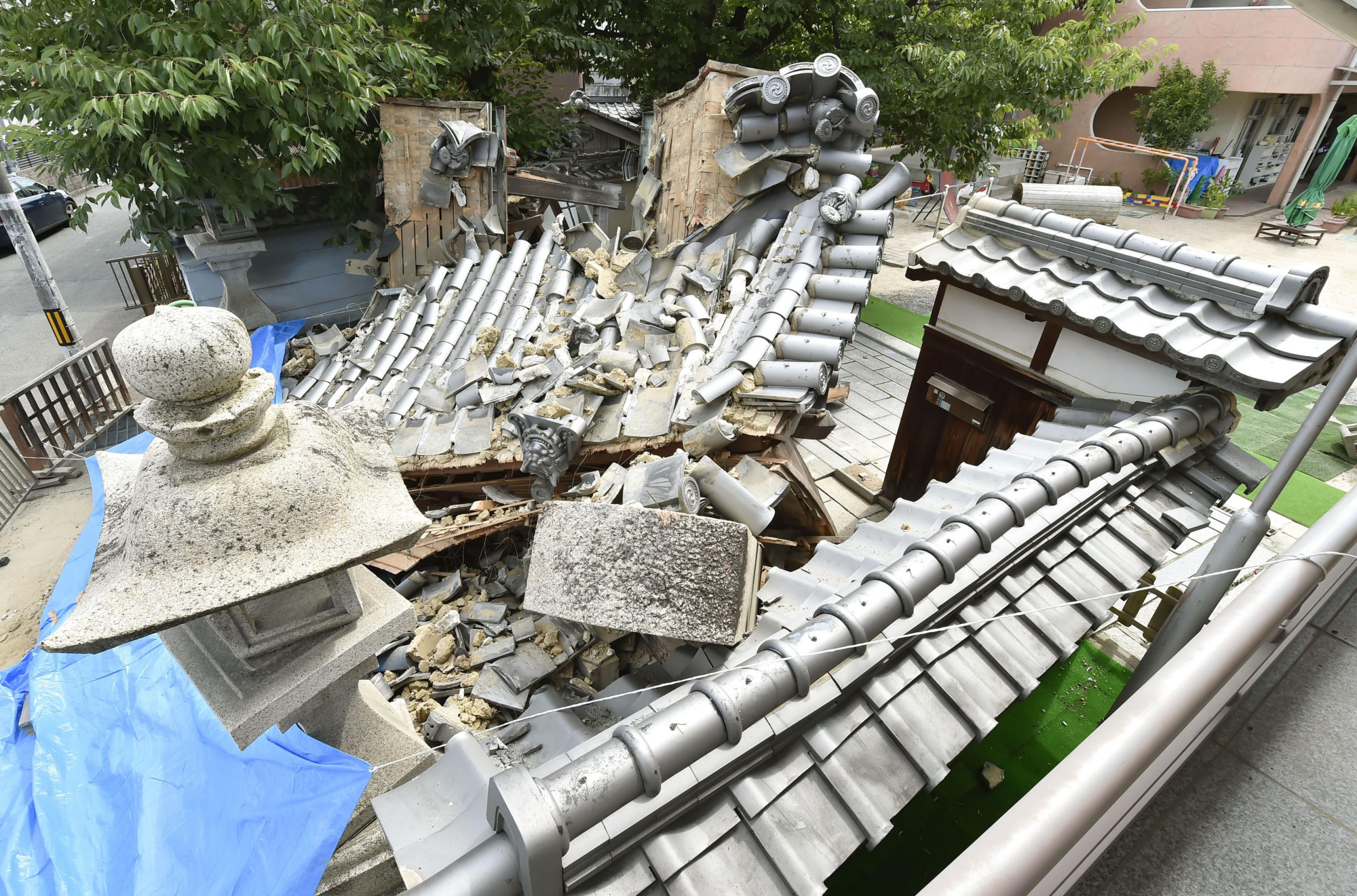The term "active fault" was coined in the United States in 1923, appearing for the first time on a fault map of earthquake-prone California to refer to a geological fault that has a possibility of causing a quake.
Since that terminology was translated into Japanese, it has been interpreted as meaning a fault that is active enough to cause a quake. Neither seismologists nor mass media have attempted to rectify this misinterpretation, apparently because it serves their interests.
On the morning of June 18, a powerful quake of magnitude 6.1 struck northern Osaka Prefecture, killing five people. Although the overall damage was not as serious as feared, concerns remain as to what would have happened had a stronger temblor directly hit a more heavily populated area, and when such a quake might come. Academia and the media have fanned this public uneasiness.



